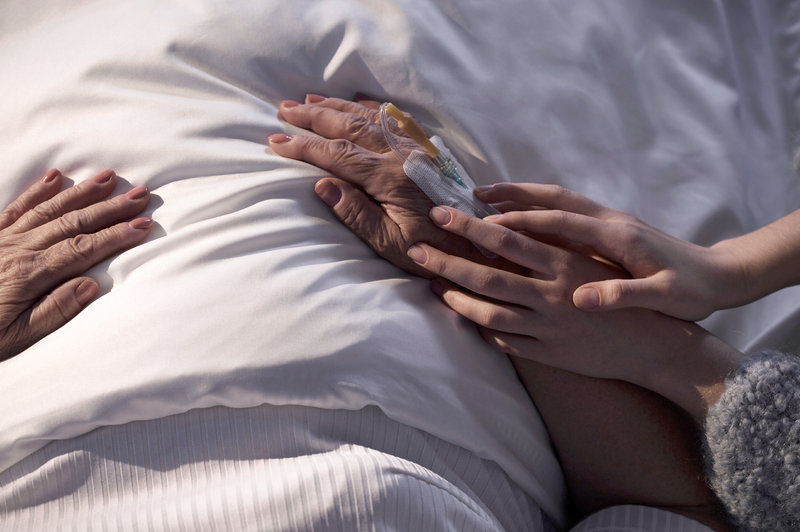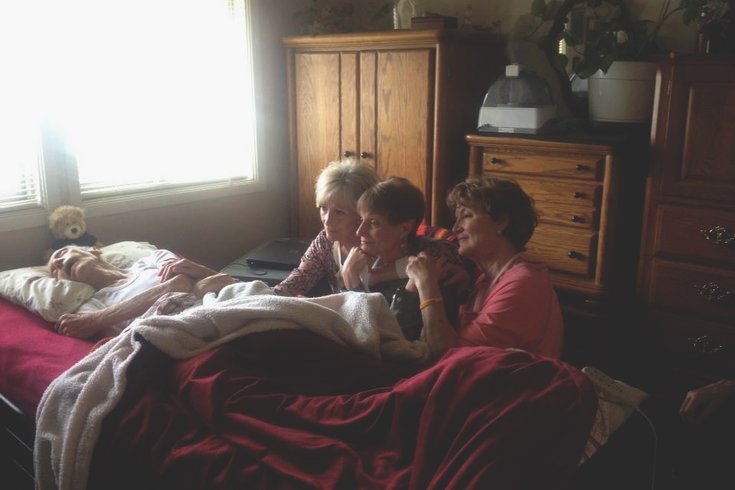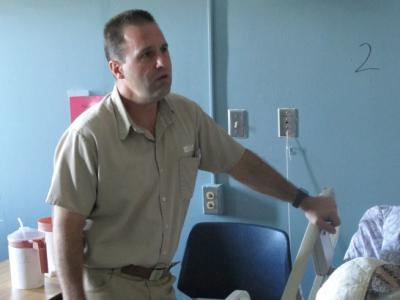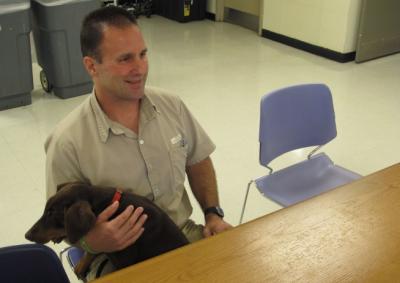Integration of palliative care into NHS and strong hospice movement among reasons for UK ranking first in study of 80 countries
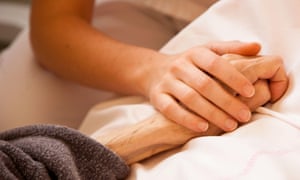
The UK is the best place in the world in which to die, according to a study comparing end-of-life care in 80 countries.
The integration of palliative care into the NHS, a strong hospice movement largely funded by the charitable sector, specialised staff and deep community engagement are among the reasons cited by the Economist Intelligence Unit(EIU).
The upper echelons of the index are dominated by wealthy European, Asia-Pacific and north American countries. Australia is second, New Zealand third and Ireland and Belgium complete the top five.
Annie Pannelay, of EIU healthcare, said: “A very strong marker in our index is the availability of specialised palliative care workers and this is where the UK scores particularly well. The UK has a long history of providing treatment in palliative care. The other super strong marker is the way that the countries do have a plan for palliative care. That means they are on the dynamic of measuring progress and improving.”
The US is ninth in the index. Taiwan is the highest Asian country, placing sixth, while India and China rank 67th and 71st respectively. Their performances were described as worrying in light of their huge populations, with China of particular concern given that “the impact of the one-child policy, often leaving individuals caring for two parents and four grandparents, will lead to even more demand for outside resources to provide support”.
Among the countries that fare well despite being less wealthy and having less well developed healthcare systems are Mongolia and Panama, 28th and 31st on the index respectively. Mongolia’s performance was attributed to an individual doctor who has driven an increase in palliative care.
Despite the UK’s top ranking, the study’s authors say it is “still not providing adequate services for every citizen”. They highlight an investigation by the parliamentary and health service ombudsman into complaints about end-of-life care, published in May, which raised issues including poor symptom control, poor communication and planning, failures to respond to the needs of the dying, inadequate out-of-hours services and delays in diagnosis and referrals for treatment.
Pannelay said: “There are some concerns but there is a plan to improve and the single fact that there is a parliamentary report on that and it’s available publicly means a lot – that means the UK is working on it.”
The UK received the top score in the indicator measuring financial burden to patients, indicating that 80% to 100% of end-of-life care services are paid for by sources other than the patient, much of it from charitable funding.
The authors praise the Dying Matters Coalition set up by the National Council for Palliative Care charity in the UK to encourage people to talk more openly about death and make plans for the end of life.
The EIU says the UK’s resources, like those of other countries, will be stretched in future by an an ageing population and non-communicable diseases including cancer, dementia and diabetes.
The authors say recent third-party research demonstrates a significant link in the use of palliative care and treatment cost savings. Despite evidence of the economic benefits, they point out that only about 0.2% of the funds awarded for cancer research in the UK in 2010 went to research into palliative care, while in the US it was 1% of the National Cancer Institute’s appropriation.
The Quality of Death Index, commissioned by the Lien Foundation, a Singaporean philanthropic organisation, is based on qualitative and quantitative indicators and took in interviews with more than 120 palliative care experts from around the world.
The UK came top in the only previous index, produced in 2010, although that was limited to 40 countries and the criteria has since been refined.
Complete Article HERE!


